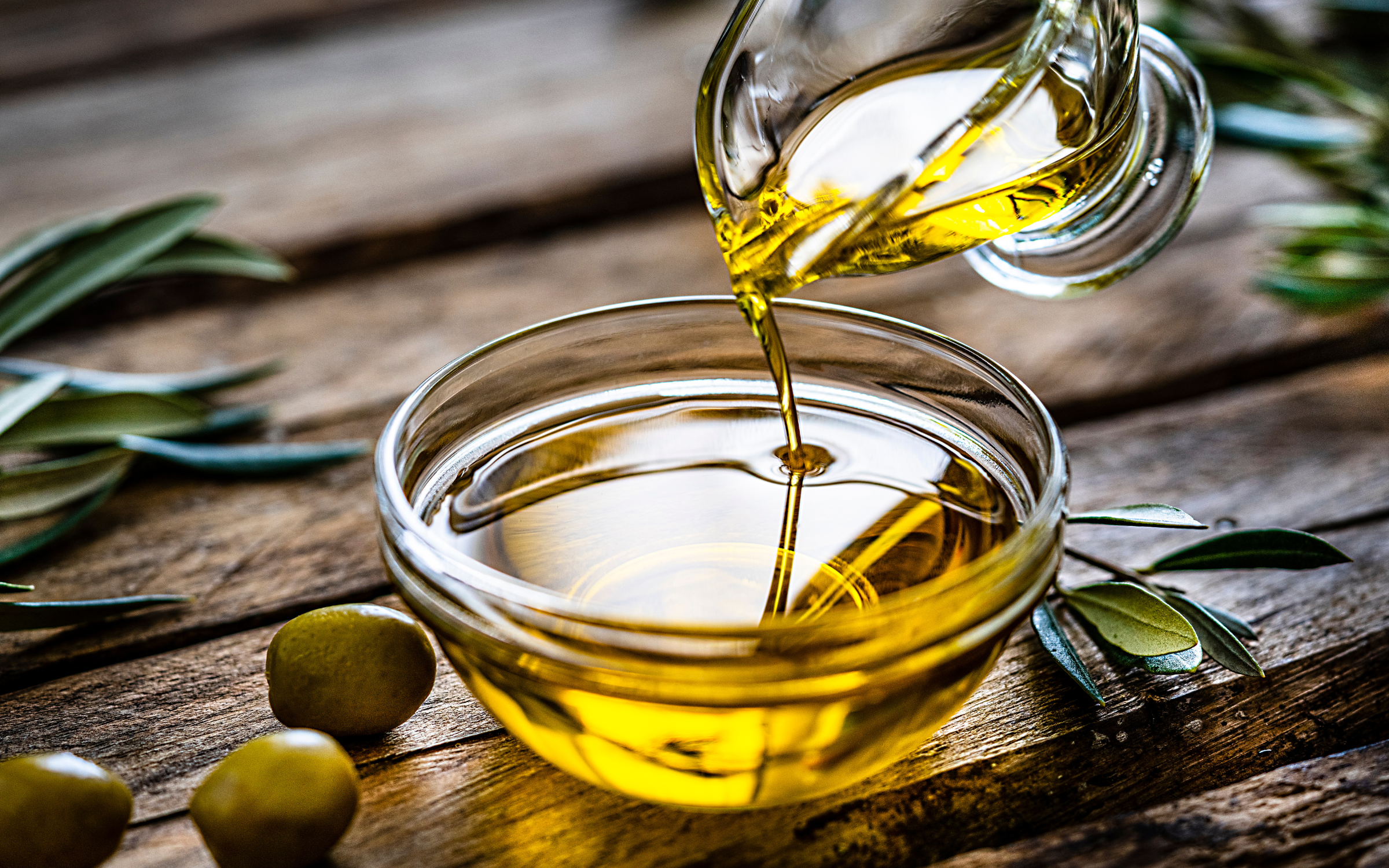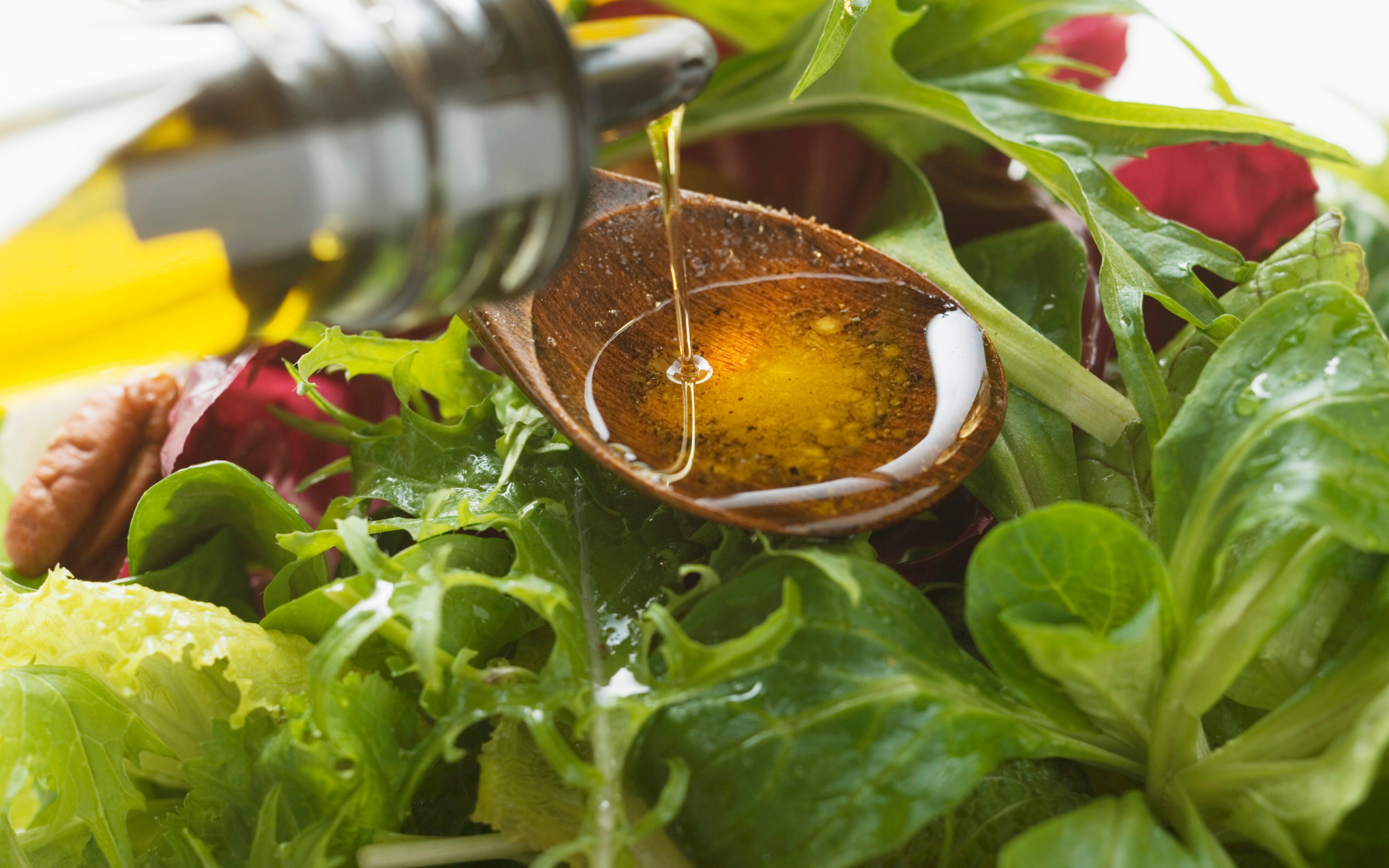Extra Virgin Olive Oil vs. Olive Oil: Exploring the Differences
Share
Knowing the differences between extra virgin olive oil (EVOO) and normal olive oil is crucial when selecting the appropriate olive oil for your cooking needs. To assist you in making a wise choice, let's examine the subtle differences between these two widely available types.
1. Introduction to Olive Oil Varieties
Olive oil is derived from the fruit of the olive tree, Olea europaea. It is a staple in Mediterranean cuisine and is renowned for its health benefits and versatility in cooking.

2. Understanding Extra Virgin Olive Oil (EVOO)
What makes it "extra virgin"?
Extra virgin olive oil is the highest grade of olive oil, obtained through cold-pressing olives without the use of heat or chemicals. It is prized for its superior taste and low acidity.
Production process of EVOO
EVOO is extracted from the first pressing of the olives, preserving its natural flavor and nutrients. The olives used must be of high quality and carefully harvested to maintain freshness.
3. Benefits of Extra Virgin Olive Oil

Health benefits
EVOO is rich in antioxidants and monounsaturated fats, which are beneficial for heart health and may reduce the risk of chronic diseases such as cancer and diabetes.
Culinary advantages
Its robust flavor and fruity aroma make EVOO ideal for drizzling over salads, dipping with bread, and enhancing the taste of various dishes.
4. Different Grades of Olive Oil
In addition to extra virgin olive oil, there are several other grades of olive oil available, including virgin olive oil, pure olive oil, and light olive oil. These differ in terms of acidity levels, flavor, and processing methods.
5. Comparison: Extra Virgin Olive Oil vs. Olive Oil
Nutritional differences
EVOO retains more antioxidants and nutrients compared to regular olive oil, making it a healthier option.
Flavor profile
EVOO has a richer, more complex flavor profile, while olive oil has a milder taste and can withstand higher cooking temperatures.
Ideal uses in cooking
While both varieties can be used for cooking, EVOO is best enjoyed in raw or low-heat applications, whereas olive oil is suitable for sautéing and frying.
6. Quality and Authenticity Concerns
Given the popularity of olive oil, there are concerns regarding the authenticity and quality of products in the market. It's essential to purchase from reputable brands and look for certifications such as the International Olive Council (IOC) seal.
7. Pricing and Accessibility
EVOO tends to be more expensive than regular olive oil due to its superior quality and production process. However, both varieties are readily available in supermarkets and specialty stores.
8. Environmental Impact and Sustainability
Sustainable practices, such as organic farming and responsible water management, are crucial for minimizing the environmental impact of olive oil production. Consumers can support eco-friendly brands that prioritize sustainability.
9. Conclusion
In conclusion, the choice between extra virgin olive oil and olive oil depends on personal preference, culinary needs, and budget considerations. Whether you're seeking health benefits, robust flavor, or versatility in cooking, both varieties offer unique advantages.
FAQs
Is extra virgin olive oil healthier than regular olive oil?
Yes, EVOO contains higher levels of antioxidants and nutrients compared to regular olive oil.
Can I use olive oil for frying?
While olive oil can be used for frying, it's best to use regular olive oil for high-heat cooking to preserve its flavor.
How can I tell if olive oil is authentic?
Look for certifications such as the IOC seal, check the expiration date, and purchase from reputable brands to ensure authenticity.
What is the smoke point of extra virgin olive oil?
The smoke point of EVOO is lower than that of regular olive oil, so it's not suitable for high-heat cooking methods like deep frying.
Can I substitute olive oil for extra virgin olive oil in recipes?
Yes, you can substitute olive oil for EVOO in recipes that require cooking at higher temperatures, but keep in mind that the flavor may be milder.
